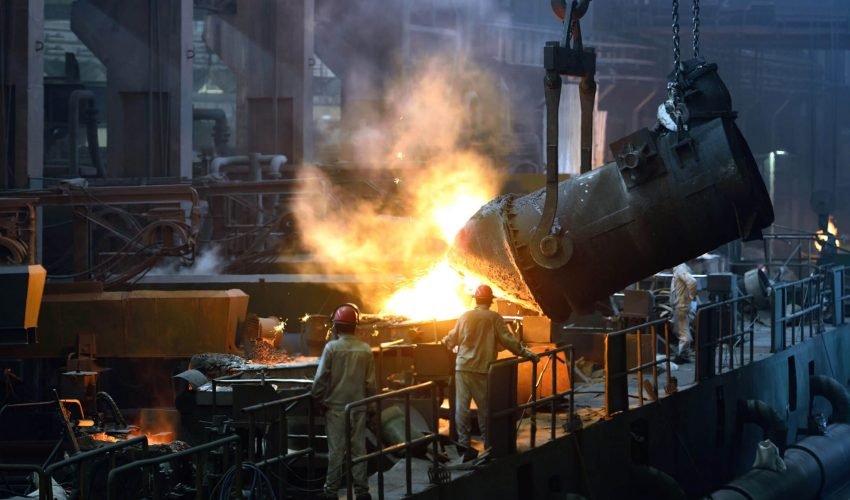
Assembly of steel
Assembly of steel services is crucial in the construction industry, as steel structures are widely used for their strength, durability, and versatility in various applications, including commercial buildings, industrial facilities, bridges, and infrastructure projects. The services provided may vary depending on the specific requirements of each project and client.
Fabrication:
Cutting and Shaping: Precision cutting of steel components using various methods such as sawing, shearing, or plasma cutting.
Welding: Joining steel pieces together using welding techniques to create larger structures.
Forming: Bending and shaping steel sheets or profiles to achieve the desired geometry.
Structural Assembly:
Structural Steel Framing: Assembling steel beams, columns, and other structural elements to form the framework of buildings, bridges, or other structures.
Connection Detailing: Ensuring proper connections between steel members through welding, bolting, or other methods to guarantee structural integrity.
Prefabrication:
Off-Site Fabrication: Constructing portions of a steel structure in a controlled environment, away from the construction site, to improve efficiency and quality.
Modular Construction: Assembling steel components into modules or sections that can be transported and assembled on-site.
Erection Services:
On-Site Assembly: Assembling and erecting steel structures at the construction site according to engineering drawings and specifications.
Crane Operations: Using cranes and other lifting equipment to position and install steel components at elevated or challenging locations.
Quality Control:
Inspection and Testing: Conducting inspections and tests to ensure that fabricated and assembled steel components meet industry standards and project requirements.
Welding Inspection: Verifying the quality of welds through visual inspections and, if necessary, non-destructive testing methods.
Surface Treatment:
Coating and Painting: Applying protective coatings to steel surfaces to prevent corrosion and enhance durability.
Galvanization: Immersing steel components in molten zinc to provide corrosion resistance.
Project Management:
Planning and Coordination: Managing the overall assembly process, coordinating with various stakeholders, and ensuring that the project stays on schedule and within budget.
Logistics: Planning and organizing the transportation of steel components to the construction site.
Safety Compliance:
Safety Measures: Implementing safety protocols to ensure the well-being of workers during the assembly process.
Compliance with Regulations: Adhering to local and national safety and building codes.